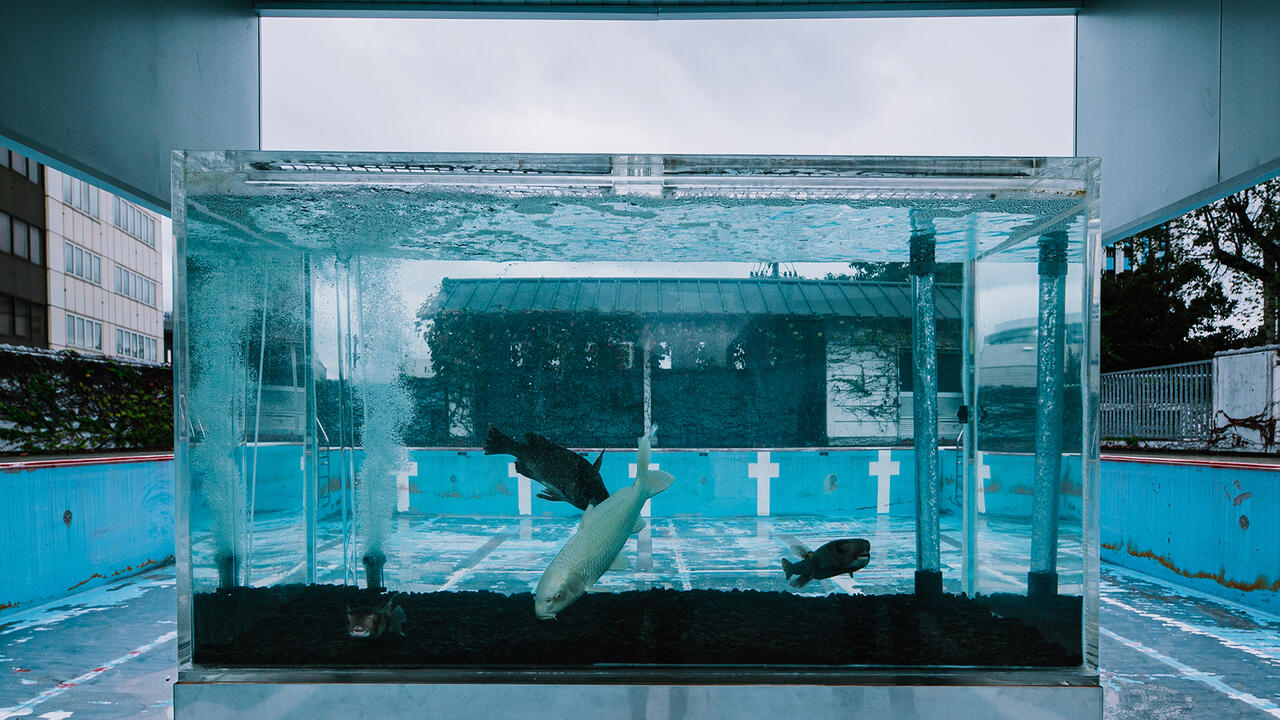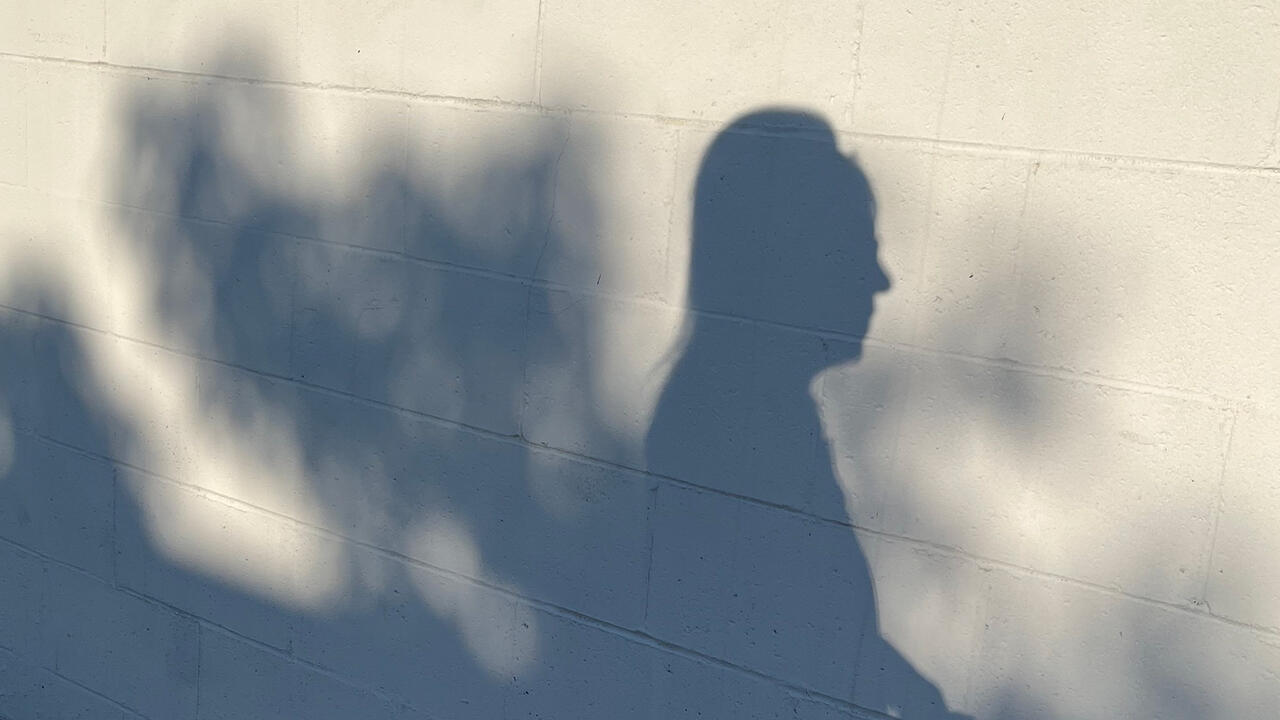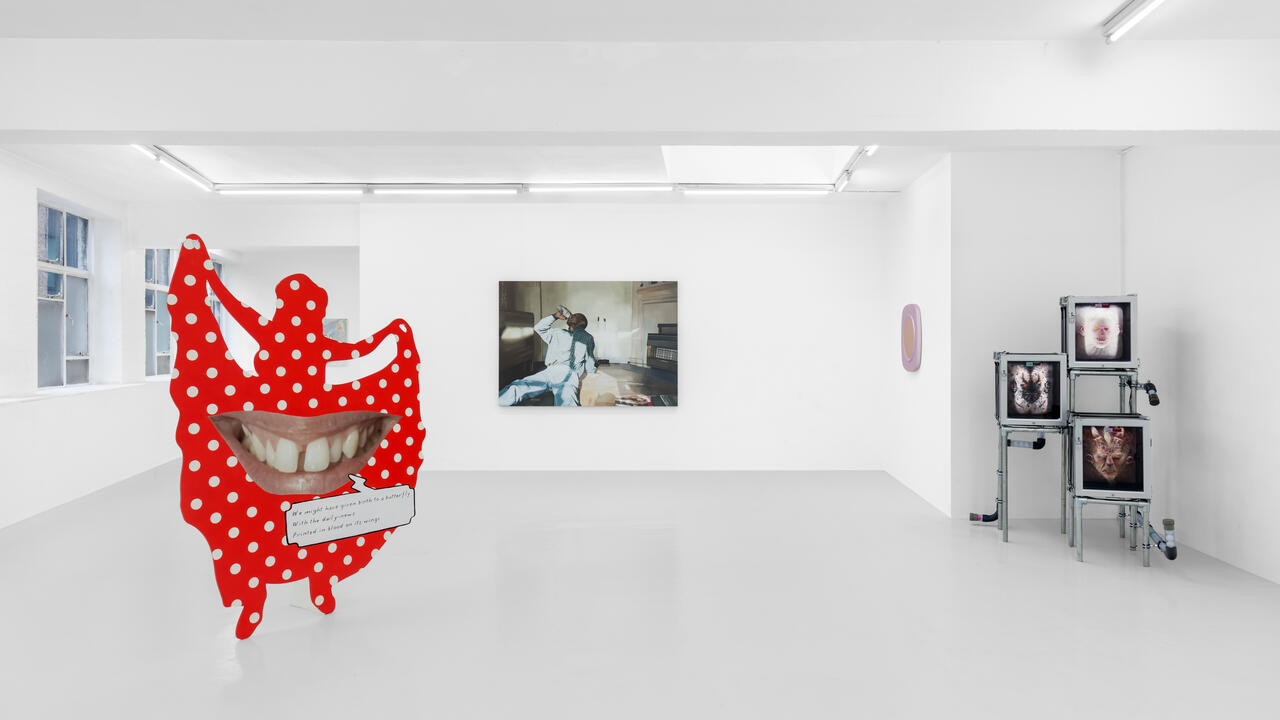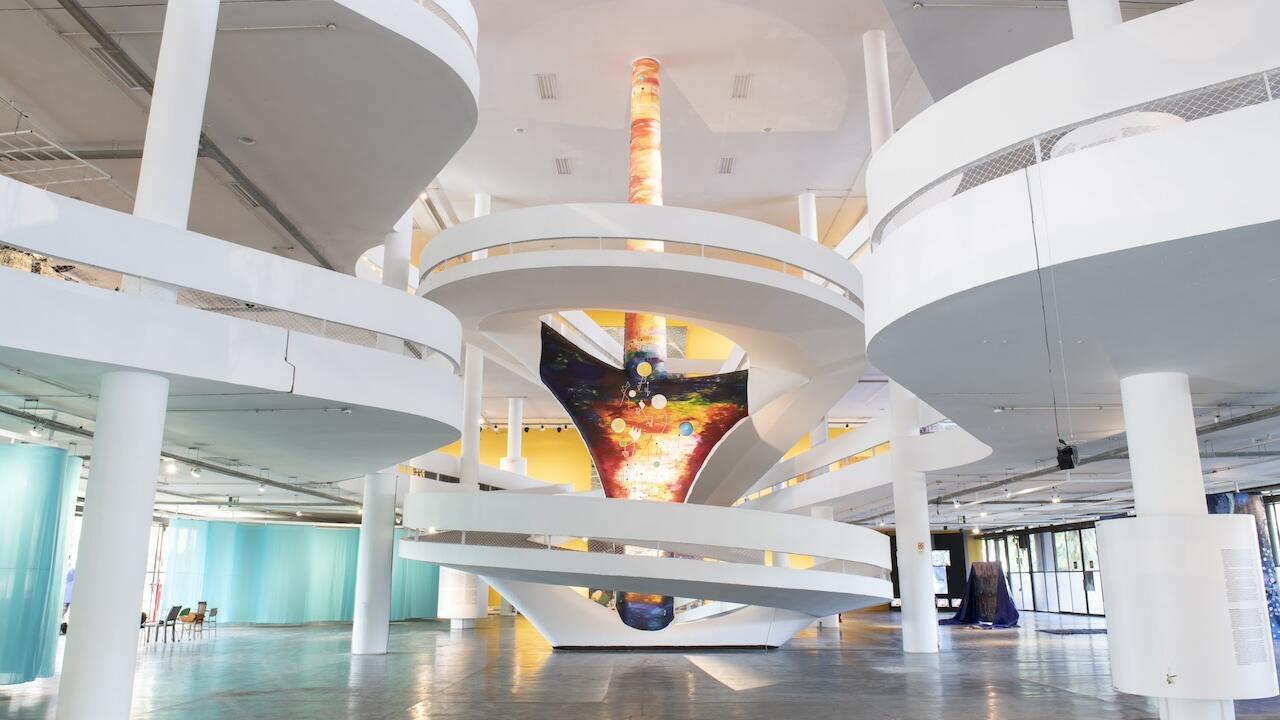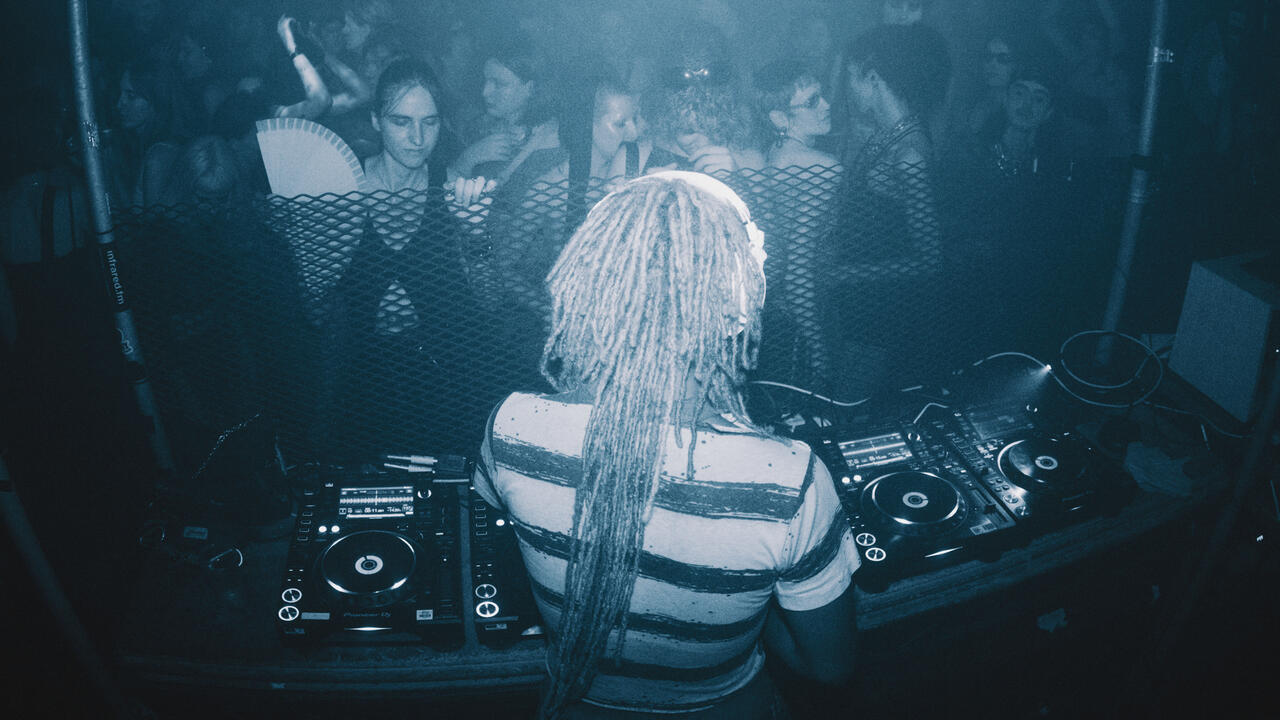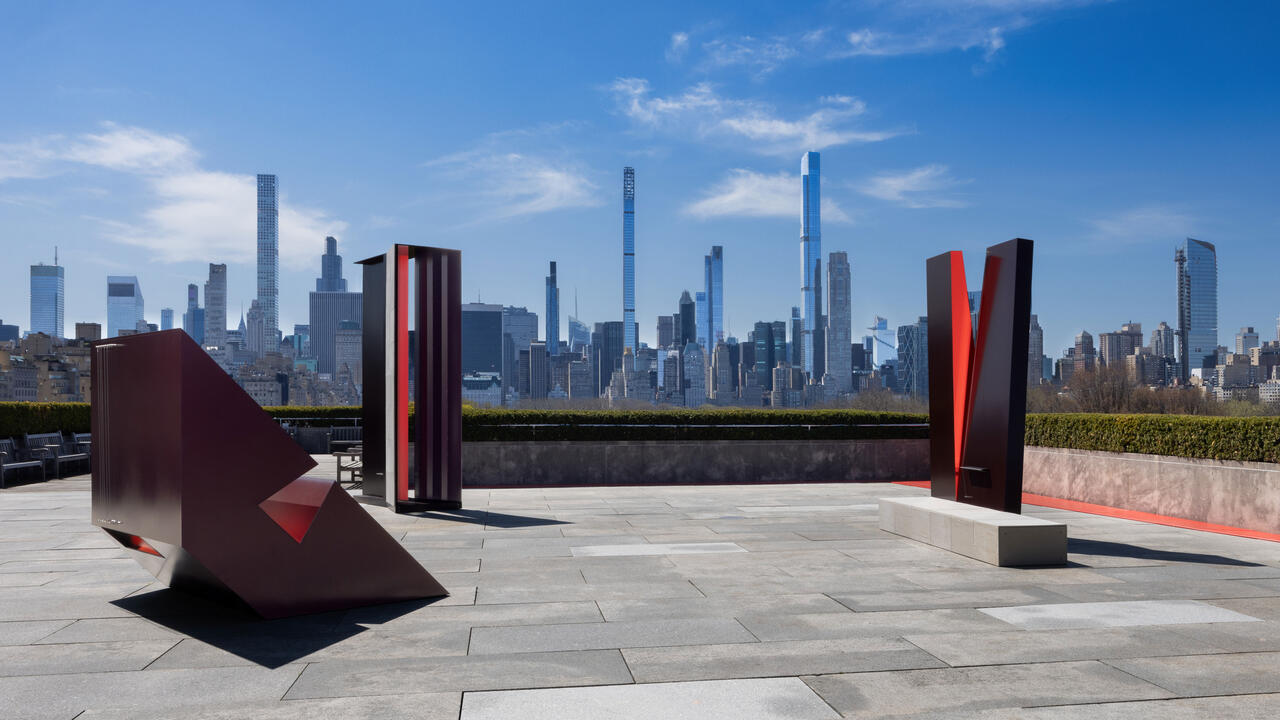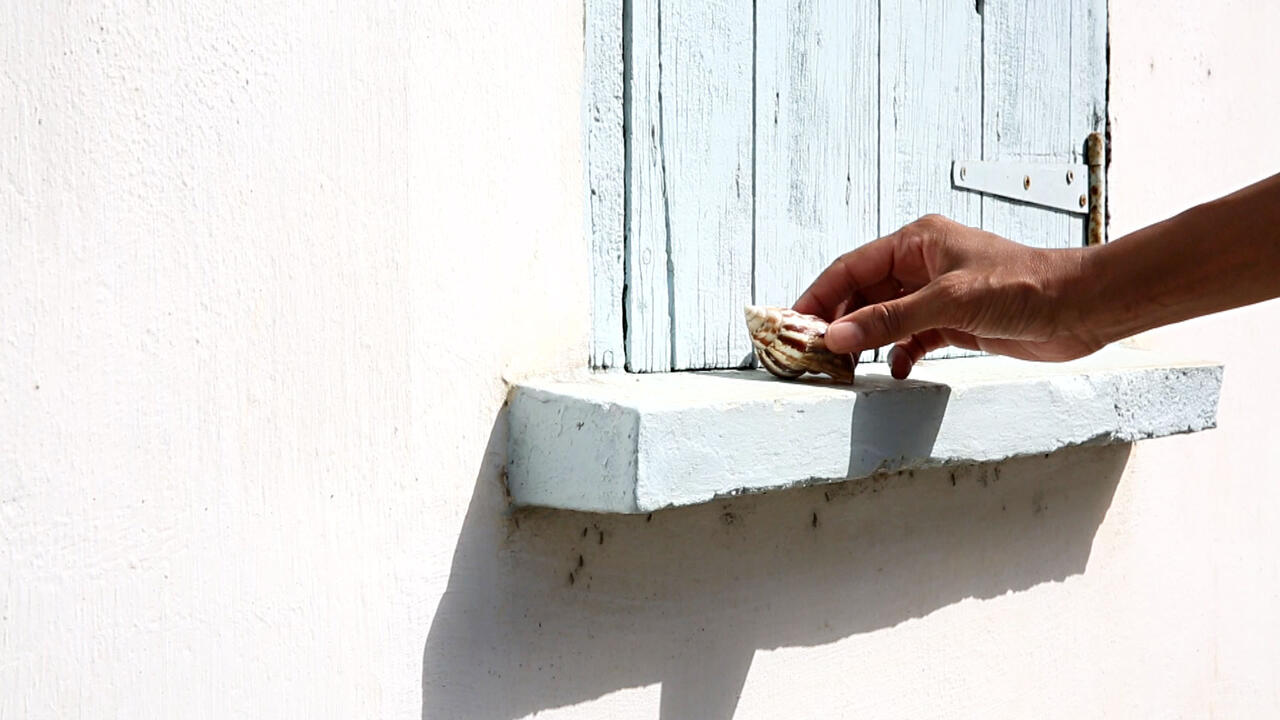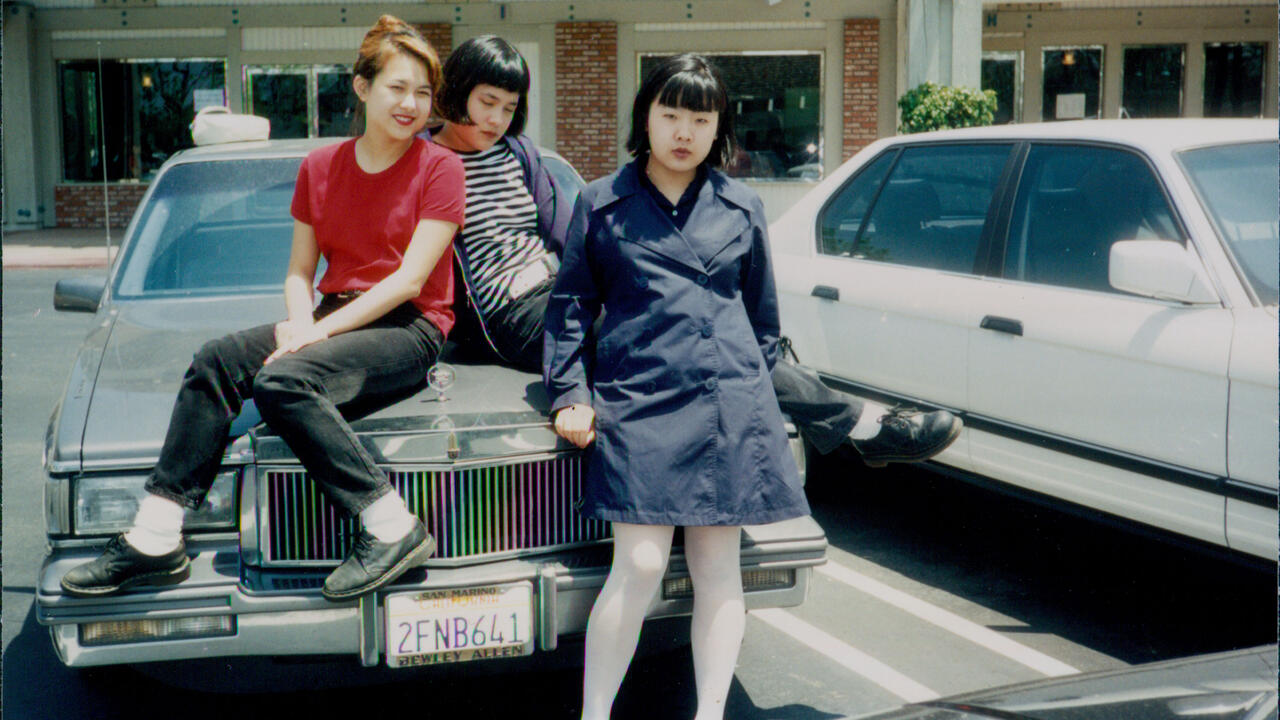Philippe Parreno: My Influences
Jennifer Higgie interviews the artist at his Paris studio
Jennifer Higgie interviews the artist at his Paris studio

Philippe Parreno is a French artist who lives in Paris, France. He rose to prominence in the 1990s using the exhibition as a medium; his shows are scripted spaces in which a series of events unfold. This year, he has had solo shows at the Garage Center for Contemporary Culture, Moscow, Russia (curated by Hans Ulrich Obrist); and 1301PE, Los Angeles, USA. In 2012, for the exhibition ‘Dancing around the Bride’ at the Philadelphia Museum of Art, usa, and in 2013 for ‘The Bride and The Bachelors’ at the Barbican, London, UK, Parreno ‘activated the role of time and motion’ around works and performances by John Cage, Merce Cunningham, Marcel Duchamp, Jasper Johns and Robert Rauschenberg. Parreno is represented by 1301PE; Air de Paris, Paris; Pilar Corrias, London; and Esther Schipper Gallery, Berlin, Germany. On 23 October, his solo show ‘Anywhere, Anywhere, Out of the World’, opens at the Palais de Tokyo, Paris – the first time an artist has taken over the entire space of the gallery. Jennifer Higgie spoke to him at his Paris studio in September.

Jennifer Higgie How did you first become interested in art?
Philippe Parreno Luckily, I grew up in Grenoble in the 1970s. It was a very open city, politically: a place that welcomed refugees and was really culturally driven. Post-1968, a lot people there were interested in creating new experiences – ‘experience’ was a key word – and discovering new forms of understanding the world. I come from a working-class background but I was encouraged to see rehearsals by choreographers like William Forsythe. We hung out at the local theatre, Le Cargo, which was then called la maison de la culture – it was a normal thing to do. When I was a teenager, I went to an experimental school; I was taught by the philosopher Gilles Lipovetsky, who I kept in contact with for a while; my maths teacher was also well-known, and there were lots of activists on the staff who wanted to transmit knowledge. The cinémathèque in Grenoble was also very active; through it, I became interested in the work of Jean Douchet and Serge Daney, the editor of Cahiers du Cinéma. Later, I also really enjoyed the columns he wrote for Libération. I met Dominique Gonzalez-Foerster in a drawing class when I was about 15 or 16 years old. In 1985, I decided to go to art school for a while at the École des Beaux-Arts de Grenoble, and I really liked it. So I stayed. The art centre Le Magasin opened the year after and I worked there, painting walls and assisting artists.
JH The idea of the exhibition as a medium has always been central to your approach as an artist. How did that come about?
PP From the beginning, it was more a refusal to be an object-producer; I always felt that an exhibition is not just an arrangement of objects but also an act of creation. In 1988, Pierre Joseph, Bernard Joisten and I did a show at Le Magasin called ‘Siberia’, which we displayed in a shipping container. I made two videos, Bernard did silver paintings and Pierre included photographs: the works and the display were one and the same thing. Later, I met Liam Gillick who had come to review a show I had in Nice for Artscribe; we became friends, and the conversations I was having in Grenoble about how to create attention in a space continued. I’m still interested in this idea.
JH Your approach to exhibition-making reflects the fact that, in a sense, you’ve always used time itself as a medium.
PP Yes, absolutely. I was talking to Matthew Barney when we did the opera Il Tempo del Postino (2007) about the fact that we’re a generation who uses video as just another tool. We don’t use it necessarily in order to make a film but to measure an object of art in time.
JH You once said: ‘A good image is always a social moment.’ What did you mean by that?

PP It was something that occurred to me when I first saw photographs by Wolfgang Tillmans in i-D magazine; he was taking pictures of moments that he was part of. It’s something that has always interested me. My 1991 work, No More Reality, of children demonstrating, was all about that. It was not about shooting a video; that was not the picture I was interested in. I talked to seven- and eight-year-old kids and they agreed to march under their chosen slogan. That was the picture for me, this negotiation that leads to being together.
JH Ghosts, in various forms, recur time and again in your work; the past obviously has a relevance to the way you make sense of the present, or even the future. Do you believe in actual ghosts?
PP No, but I’m intrigued by the study of ghosts. Ghosts come from libraries. It’s the book you read and that you remember; ideas you thought you had forgotten. The ghost is the re-read, the re-seen, the forgotten. Knowledge haunts you; the nouveau roman is about this idea. In 1838, Edgar Allan Poe wrote The Narrative of Arthur Gordon Pym of Nantucket. Poe said he didn't invent the story; it was told to him. Pym’s journey takes him to the South Pole, where he then disappears into the white pages of the book. Thirty years later, someone said to Jules Verne, ‘I knew Gordon Pym’, and told him the end of the story. So, Verne continued the story where Poe had left off, in his novel An Antarctic Mystery (1897). Pym is the ghost who haunts Verne’s novel. Some characters live in different realities, they belong to incompatible ontological categories. But all those realities are layered through editing. You can play on those different levels of reality, jump from one to another. You can see this more recently in the film Martha Marcy May Marlene (2011), which moves back and forward in time; the film is reconstructed in ‘storeys’. You follow the narrative not only by moving from one word to the next, but by moving from one level to the next.
JH Writing has always been part of your approach to making art. Who are some of the writers that have influenced you?
PP Early on, it was mainly philosophers: Gilles Deleuze and Félix Guattari, especially Deleuze on cinema. William Gibson’s first novel, Neuromancer (1984), and Snow Crash (1992) by Neal Stephenson, which marked the beginning of cyberpunk, and the novels of Philip K. Dick – they all had an impact. There’s a line in What if our World is their Heaven? The Final Conversations of Philip K. Dick (2001) that reveals a mind possessed of a speed that is incredible: at one point, he tells the entire story of a book he is about to write! In another interview, he talks about the character of a girl that he invented in the novel he’s just finished writing. She’s in her 20s, and he says she’s ‘better than me in every way, younger, smarter, better educated, she’s majored in philosophy and has this incredible dry wit that goes over everyone’s head’. Then he talks about writing a scene where she says ‘you’re full of recondite bullshit’ and he says ‘I had to look up the meaning of “recondite”. I don’t use that word because I don’t know exactly what it means. Now the pain is so great of losing that woman that I haemorrhaged from missing her.’ This makes me think about the eruption of the real into fiction; when fiction becomes as real as life. This happens in Mary Shelley’s writing, too.

JH And then, of course, there are the kinds of writing that are instructive. You’ve mentioned Claudia Roden’s Book of Jewish Food: An Odyssey from Samarkand and Vilna to the Present Day (1999) as an influence.
PP Yes, it reminds me of the food that my mother used to cook, like couscous and goulash, but when I cook them, they never taste the same. You can never cook what your mother cooked, even if you do it the same way!
JH For it to taste the same you’d have to be 12 years old again.
PP A recipe is like a musical score; it will always be played differently by different musicians. It’s funny that on some level there is a text for food. I’d like to write a recipe in such detail that it could be performed in a theatre. The instructions would be: ‘With your right hand, chop the onions.’ You could choreograph the cooking! I like a text that produces something, that pushes the reader to do something, to improvise. In fact, I’m going to structure my exhibition at the Palais de Tokyo around the score of Igor Stravinsky’s 1910 ballet, Petrushka.
JH Why Petrushka?
PP I met the pianist Mikhail Rudy, who has transcribed the two piano versions of Petrushka into one, so it can be played by one musician. The ballet tells the story of a Russian puppet, Petrushka, who is made of straw but who comes to life and develops emotions. At the Palais de Tokyo, all of the pauses and movements will be directed by the piano. Petrushka will be the master of the show, its code. In automation you always ask who is the master and who is the slave. Here the show will be enslaved by a piano. When certain notes are played, something particular will happen: for example, lights will flicker according to the piano movement; and at the moment when the ballet dancer appears, my film Marilyn (2012) will be screened. People will do certain things, like in a Kafka novel where people also follow the programme. I am looking at the Palais de Tokyo itself as if it were an automaton.

JH How does your interest in gardens influence your exhibition design?
PP When the forests were burned at Mont Sainte-Victoire, they were replanted according to Cézanne’s paintings. When part of Mount Fuji collapsed, it was remodelled with concrete according to Hokusai’s prints. When I made my film C.H.Z. (Continuously Habitable Zones, 2011) I worked with landscape architect Bas Smets to design the set, an ‘extraterrestrial’ landscape near Porto, Portugal, which continues to grow to this day. Because of the possibility of fiction, the land becomes the film. Xavier Douroux from Le Consortium sent me a book by Horst Bredekamp, Leibniz, Herrenhausen et Versailles – Le jardin à la française, un parcours de la modernité (Leibniz, Herrenhausen and Versailles – The French Garden, a Modern Way, 2013). It contains the beautiful line: ‘A garden produces silhouettes.’ A garden directs the way people walk through it. You see the plants but also the outlines of people moving past them; it makes you focus less on nature itself, and more on people in nature. It’s as if you’re being revealed by nature, not simply looking at it. The exhibition becomes a kind of garden, which is another kind of ghost. This relates to Georges Bataille and his amazing concept of heterology.
JH This echoes what you were saying about fiction producing a kind of reality. You mentioned the architect François Roche in relation to the landscape …
PP Yes, François, is a friend of mine. Today he’s more interested in exposing the process of architecture than in showing models. He is one of the most inspiring people I know. We worked together on my film The Boy from Mars in 2003 in Thailand. I told him I wanted to make a film that produces its own reality, and he said: ‘OK, what can I do?’ I said: ‘Design a fiction that becomes a reality, and once everything is filmed the building will stay behind.’ The structure he designed had to generate its own energy in order to be filmed, so it was powered with the help of a water buffalo that ran a pulley system. Now, the film exists and the building is fading. Creatures depend on one another; the by-product is the image. I love William Faulkner because he’s an inventor of structures, and I think François is a great engineer of structures too.
JH The final influence in your list is a rather amazing book on the work of set designer and director, Jacques Polieri: Scenography: Theatre, Cinema, Television (1990).
PP Dominique told me about Polieri; this is an incredible book about the possibilities of the spectacle on stage and the role of the audience. Polieri was interested in mathematics and invention, and he tried to create the ideal stage – he was involved in Théâtre du mouvement total (Theatre of Total Movement). Many of his ideas were never realized. He questioned how you can systematize or define scenographic space and how the public can move or be moved, and what it means to look at an image. He was actually involved with Le Cargo in Grenoble where I went as a kid. I loaned this book to Liam [Gillick] and he sent it back to me with a new cover. I thought that was fantastic!









